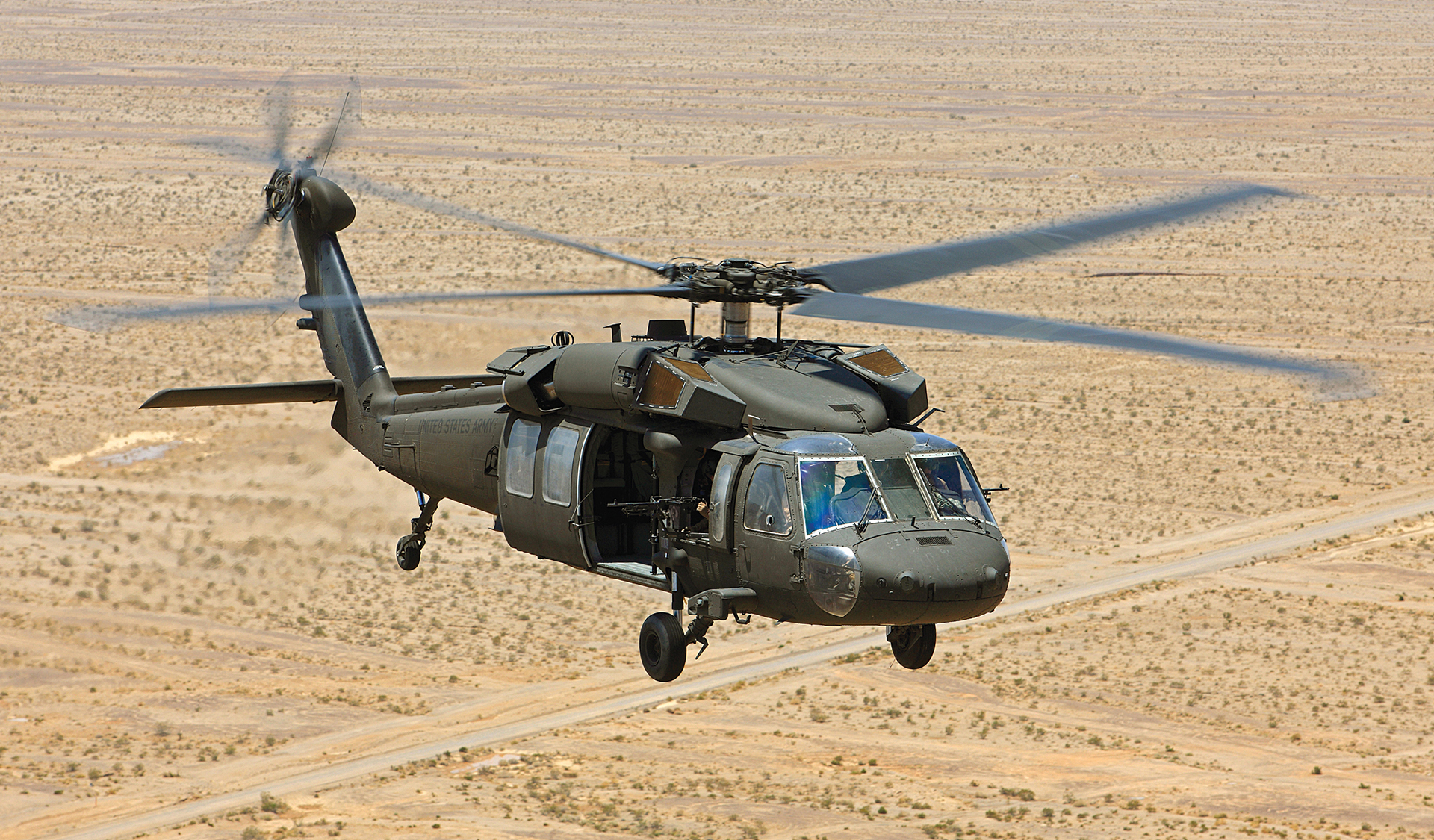Flying High: UH 60 Helicopter Safety And Security Protocols You Have To Know
Flying High: UH 60 Helicopter Safety And Security Protocols You Have To Know
Blog Article
Browsing Uh 60 Helicopter Laws and Conformity Requirements

Regulatory Framework Introduction
The regulative structure governing UH-60 helicopter operations incorporates a complex set of standards and guidelines established by air travel authorities. These laws are designed to ensure the risk-free and effective procedure of UH-60 helicopters in different environments. The Federal Aeronautics Administration (FAA) plays a central duty in establishing and enforcing these laws, which cover a wide variety of functional elements, consisting of airworthiness requirements, pilot qualifications, upkeep requirements, and functional procedures.
Conformity with these policies is important for helicopter drivers to preserve the highest possible levels of safety and security and operational honesty. Failure to abide by these policies can cause major effects, including crashes, injuries, and regulatory assents. For that reason, helicopter drivers must remain informed regarding the most recent regulative growths and ensure that their procedures remain in full compliance with all relevant guidelines and requirements.
Airworthiness Directives and Assessments
Amidst the regulatory framework governing UH-60 helicopter operations, a vital emphasis rests on compliance with Airworthiness Directives and carrying out complete assessments to promote safety and security criteria and functional dependability. Airworthiness Regulations (Advertisements) are released by aeronautics authorities to attend to dangerous problems in airplane, including the UH-60 helicopter, and mandate specific activities to be taken by drivers or owners. Conformity with Advertisements is necessary, and failure to stick to these instructions can cause severe repercussions, including grounding of the airplane.
Normal evaluations are extremely important to guaranteeing the airworthiness of UH-60 helicopters. By sticking to a strict assessment regimen, operators can identify and deal with possible problems without delay, thus improving the safety and security and dependability of UH-60 helicopter procedures.
Pilot Qualifications and Training

Pilot training for UH-60 helicopters is extensive and covers a variety of topics, consisting of airplane systems, emergency treatments, navigating, and mission-specific training. Furthermore, pilots undergo simulator training to practice various emergency situation circumstances in a regulated environment. This training aids pilots establish the required skills to deal with difficult circumstances successfully.


In addition, recurring training and professional development are vital for UH-60 pilots to remain current with the newest laws, technology, and best methods. By buying pilot credentials and training, drivers can boost security, maximize efficiency, and guarantee conformity with governing demands in the operation of UH-60 helicopters.
Functional Limitations and Requirements
Pilot qualifications and training serve as the foundation for comprehending the functional constraints and needs linked with UH-60 helicopter procedures. Additionally, compliance requirements, such as adhering to specific flight paths, communication protocols, and emergency procedures, are important for preserving operational security and regulative compliance. Pilots should stay current with all operational limitations and requirements via normal training, instructions, and assesses to mitigate threats and make certain secure and reliable UH-60 helicopter operations.
Emergency Treatments and Conformity Screening
Efficient emergency procedures and thorough conformity screening are important elements of preserving operational safety and regulatory adherence in UH-60 helicopter procedures. Emergency situation treatments include procedures for various scenarios, consisting of engine failures, fires, hydraulic issues, and more. Pilots and crew participants should be well-versed in these treatments to react swiftly find and effectively in emergency situations. Normal conformity testing guarantees that the helicopter meets all regulatory needs established forth by air travel authorities. This testing entails detailed examinations, checks, and examinations to verify that the aircraft is airworthy and in conformity with all suitable policies.
Compliance screening also includes equipment onboard the UH-60, such as communication systems, navigation instruments, and safety and security gear. Making certain that all equipment is working appropriately and satisfies governing standards is necessary for secure operations. Furthermore, conformity testing may entail simulations of emergency situation scenarios to examine the crew's reaction and the helicopter's efficiency under stress. By prioritizing emergency treatments and compliance testing, UH-60 drivers can reduce threats and demonstrate their dedication to safety and security and regulatory compliance.
Verdict
To conclude, adherence to regulatory framework, compliance with airworthiness directives, pilot qualifications and training, operational limitations, and emergency procedures are important for navigating the policies and requirements of operating a UH-60 helicopter. uh 60. It is essential for operators to prioritize safety and security and make certain complete compliance with all appropriate policies to maintain the airworthiness and functional honesty of the airplane
Navigating the regulatory landscape bordering UH-60 helicopter procedures demands a nuanced understanding of the Find Out More intricate internet of regulations and conformity requirements.Conformity with these guidelines is necessary for helicopter operators to maintain the highest possible degrees of security and operational honesty.Among the regulative framework controling UH-60 helicopter operations, an important focus exists on compliance with Airworthiness Directives and performing thorough examinations to maintain security standards and functional dependability.Reliable emergency situation procedures and detailed compliance screening are see important components of keeping operational safety and security and regulatory adherence in UH-60 helicopter procedures. Regular conformity testing makes sure that the helicopter meets all regulative requirements set forth by aeronautics authorities.
Report this page